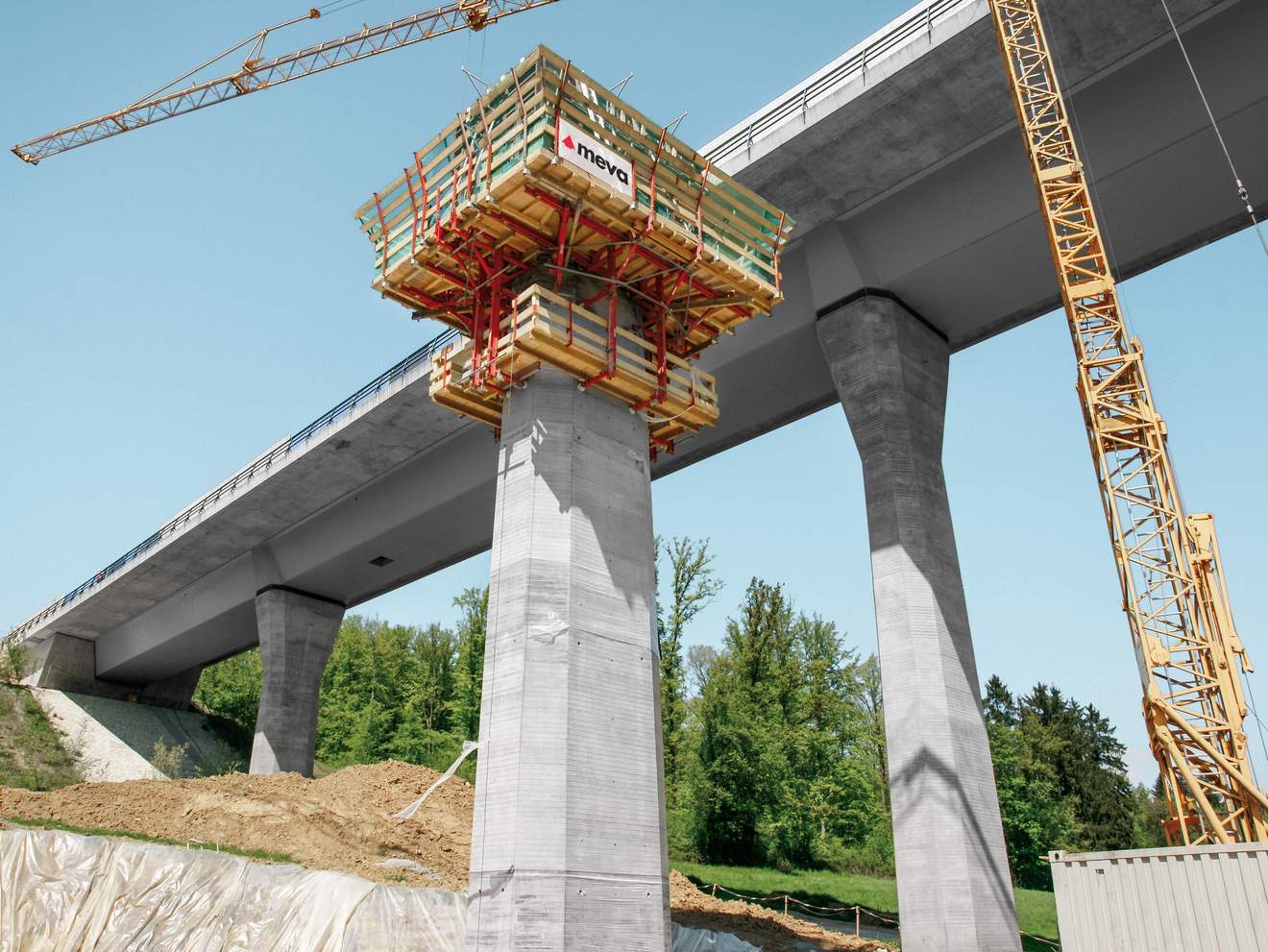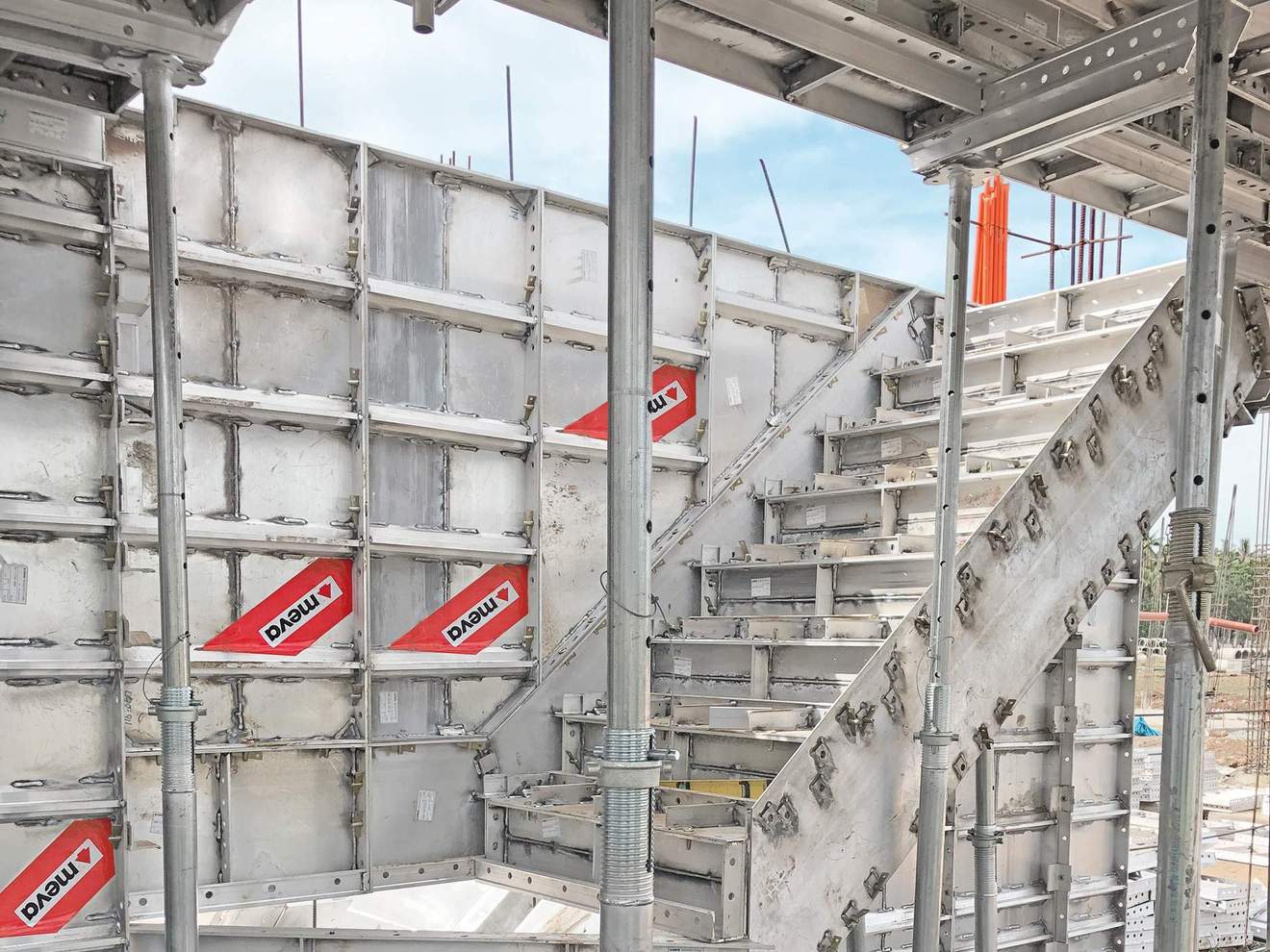Concrete Formworks – Recommended Safety Measures and Checklist
As a builder, it is essential that you plan and implement safety measures for formworks onsite and during construction.
Incorrect installation or the improper use of formwork can damage your structural elements and endanger your workforce. Here are some safety tips and a checklist relating to formwork.

Formwork design
The design of your formwork should take account of the structural elements and onsite working conditions. In addition, you also need to consider the following factors:
- The total load the formwork will handle during the casting of concrete structural members.
- The formwork material must have enough strength to support the expected structural load.
- The concrete pouring rate, pouring height, temperature, and the concrete pouring sequence and schedule.
- The formwork drawings should include comprehensive dimensional information detailing the pouring size, compaction openings and cleanouts.
- The ground soil should have enough bearing capacity for the formwork.
During Construction
Any inspection of a concrete formwork system should involve testing the following:
- The proper load transfer of the formwork
- The crossings, ladders, ramps, runways and scaffoldings
- The guarding in the peripheral edges and floor openings
- Adequate and safe working space
- All personal protective equipment
It is also important to ensure that all the working areas and passages are clear of obstructions. In addition, every worker should receive adequate training in the use of concrete formwork.

Formwork concreting procedure
First, you need to ensure that all workers have proper access to their concrete compacting and finishing tasks. An experienced supervisor should constantly check for any unsafe situations.
Besides having enough skilled workers, you must also ensure that your construction project has an adequate supply of bolts, clamps, spare props and wedges. Always maintain the alignment, camber, level and vertical plumb during the concreting. Furthermore, make sure you don’t disturb the effective depth between the top and bottom reinforcement.
Here is a list of additional tasks you should perform during the concreting:
- Maintain the cover of concrete around the reinforcement steel
- Take immediate corrective action against any grout loss
- Fix any loose wedges
- Strictly follow the proper concrete pouring sequence
- Prevent concrete heaping and high-impact drops
- Keep the concreting rate within allowable limits
- You may have to use a needle vibrator to ensure the proper bonding of the concrete layers
Formwork striking procedure
Your formwork design and layout should include smooth striking and, if possible, be in sequential order. However, before removing any of the form systems, ensure the concrete is strong enough to withstand its own weight and designated load. In addition, the removal time will depend on the following factors:
- Ambient temperature
- Size, shape and span of the concrete member
- Concrete mix grade
- Cement type
- Extent of curing
- Gain of strength rate
- Weather conditions
You also need to ensure the following tasks are performed:
- Make sure the edges and corners are undamaged when removing the side form
- Loosen the clamps, ties and wedges, and then remove them gradually
- The removal time should follow the specified industry code
- Remove the beams and slabs in stages, starting from mid-span going outwards
- Collect all the bolts, clamps, nuts and wedges in a single container
- Avoid using crowbars to force open forms; instead, use wooden wedges
- Lower the formwork and remove the panels carefully to avoid the risk of dropping or damaging it
- Place the panels on a level surface after removing them
- Cordon off the area where the removed formwork will be placed
- Ensure you have a competent crane operator or foreman during the operation

Clean and store formwork
If applicable, make sure you carry out the work outlined below:
- Clean the formwork with a stiff brush to remove dirt, dust, grout and any remaining bits of concrete
- Coat the timber surface and plywood with a release agent before storing them
- Prevent the steel forms from corroding by coating them lightly with oil
- Sort and repair any damaged formwork before storing it
- Smoothen the formwork’s surface by repairing any depressions and nail holes
- Store the panels face-to-face to protect the surface, and store them on horizontal and levelled floors
- Keep the storage area well-ventilated and protected from rain and moisture
- It may be necessary to number the respective panels to ensure proper matching when reusing them
- Store the bolts, clamps, nuts, pins, ties and wedges in separate boxes
Conclusion
Safety is paramount for all construction projects. For this reason, you should always incorporate safeguards in every phase, from formwork design to storage. Whether you are using wood or steel forms, the safety of your workers takes priority. In addition, it also makes good economic sense to reuse the formwork systems on future projects.




















